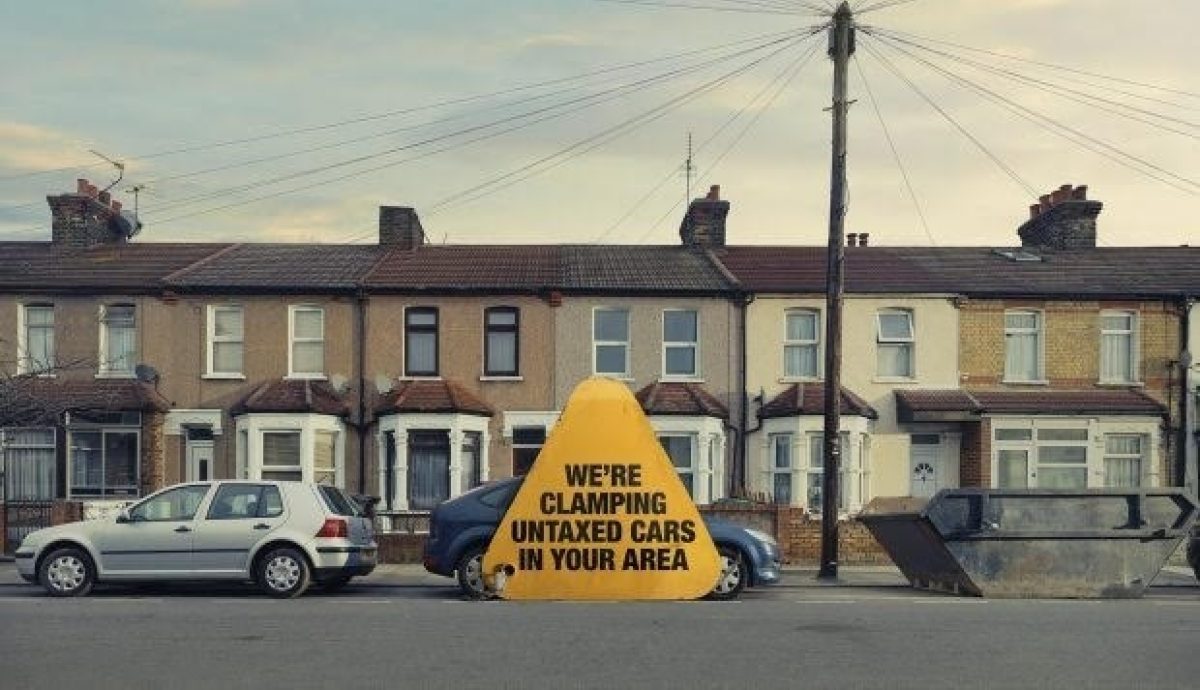
One of DVLA’s primary functions is to collect vehicle tax on behalf of the Treasury. Most vehicle keepers tax their vehicle when they should – over 98% did the right thing at the last count. DVLA does lots of things to help remind vehicle keepers when their vehicle tax is due, such as millions of postal reminders every year, providing quick and easy to use digital services and targeted communications campaigns.
Despite all this, some motorists still don’t tax their vehicles and continue to drive them on the road. This is where they come in, the DVLA’s role is to spot untaxed vehicles and take action against them.
DVLA has ‘stepped up enforcement activities’ working with partners such as local councils and the police in all parts of the country.
A range of measures, such as fines and penalties, stickers, wheel clamping and communications designed to change behaviour, are having a positive effect in combating tax evasion, according to DVLA.
When DVLA clamps an untaxed vehicle the motorist is charged a £100 release fee. If they cannot show the vehicle has been taxed when it’s released, the motorist will have to pay a surety fee of £160. This is refunded if the motorist can show the vehicle has been taxed within 15 days.
If the release fee’s not paid within 24 hours, DVLA impounds the vehicle and the fee rises to £200. There’s also a storage charge of £21 per day. Again, a surety fee of £160 must be paid if the motorist cannot show that the vehicle’s been taxed.
Motorists who choose to evade tax take a very real risk of losing their cars, as well as the potential of multiple financial penalties.
Getting the message out there
The DVLA communications team ran a locally targeted communications campaign in each of the locations of the UK where vehicle tax evasion is highest. Adverts ran on lots of different channels including radio, print, online and social media.
The message is clear to all those who continue not paying their vehicle tax – tax it or lose it.
